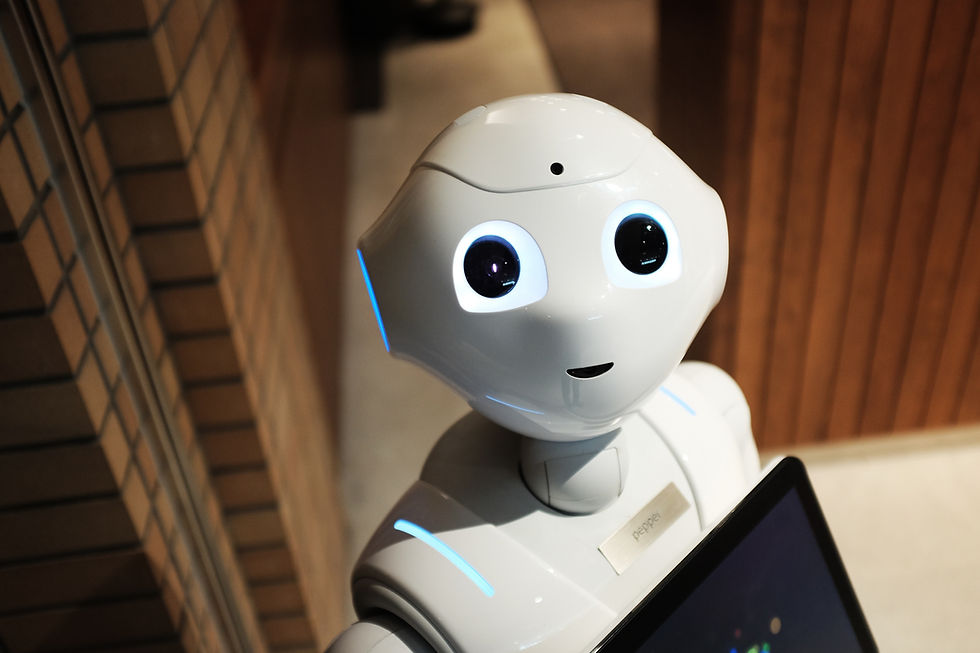What Is Unsupervised Learning?
- Furkan Khan

- Jan 1
- 2 min read
Unsupervised learning enables autonomous systems to make real-time decisions using self-learning from unstructured data and the dynamic environments of unsupervised learning. Learn more about how this vital AI method stimulates advances in autonomous automobiles.
Unsupervised learning is a form of machine learning where algorithms discover patterns from given data without supervision or output labels. Unlike supervised learning, it does not operate from input-output pairs. Rather, it works on unstructured data to identify hidden structures and patterns inside data.
Common Techniques
Clustering: Groups together similar data points.
Dimensionality Reduction: Simplifies data while keeping important information intact (Jain et al., 1999).
#1: Improving Autonomous Decisions
Unsupervised learning is crucial for autonomous systems because it allows real-time decision-making in unknown environments. Autonomous agents can learn to accomplish tasks without being pre-programmed through unsupervised learning on unstructured data. For example, self-driving cars use unsupervised learning algorithms to scan and process vast amounts of sensor data to detect objects and traffic patterns for a safe drive (Bojarski et al., 2016).
#2: Real-Time Adaptation and Improvement
This means that real-time decision-making requires autonomous systems to function in dynamic environments. This kind of learning, unsupervised learning, makes these systems self-learn and improve from the patterns and anomalies they observe while operating in real-time. This capacity enables such complex situations as emergency response and industrial automation to be more effective and reliable systems (Dai & Le, 2015).
#3: Flexibility and Autonomy in Decision-Making
The use of unstructured data allows autonomous agents to make decisions without any predefined rules. This flexibility is necessary for tasks that require a high level of autonomy and adaptability. As technology advances, unsupervised learning will continue to be the driving force behind innovations in autonomous systems, enabling them to tackle even greater challenges and complexities.
References
Sources
Bojarski, M., Del Testa, D., Dworakowski, D., Firner, B., Flepp, B., Goyal, P.,. & Zhang, X. 2016. End-to-end learning for self-driving cars. arXiv preprint arXiv:1604.07316.
Dai, A. M., & Le, Q. V. 2015. Semi-supervised sequence learning. In Advances in neural information processing systems (pp. 3079-3087).
Jain, A. K., Murty, M. N., & Flynn, P. J. 1999. Data clustering: A review. ACM computing surveys (CSUR), 31(3), 264-323.












Comments